The Wild, Wild South- Bringing Heli Skiing To The Untapped Powder Of The Andes Mountains
Heli skiing. The words alone are enough to stop a fellow skier in their tracks.
"You're going heli skiing?!"
It's one of those rhetorical questions that's exciting to ask. Ascending a pristine mountain of powder for exclusive turns on an empty peak is as sexy as it is adventurous.
Helicopters, in some circles, are known affectionately as 'God Machines'.
One could imagine that the brave men and women who charted the courses of the first heli skiing operations felt like Gods as they reached the previously-inaccessible peaks of the Northern Rockies.
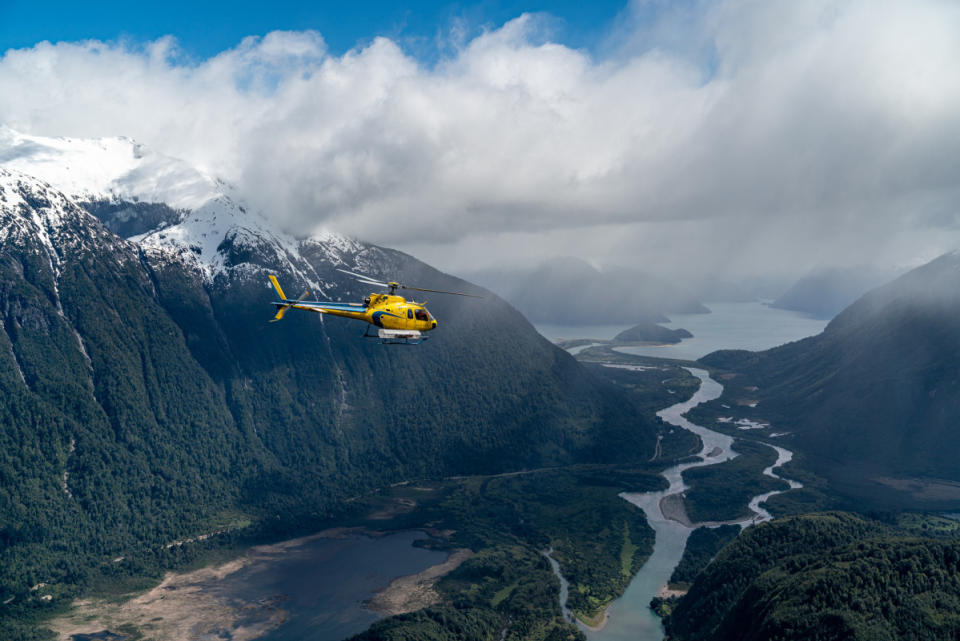
Photo: Courtesy of Eleven
Heli skiing in North America has become a profitable business that is enjoyed by thousands on a yearly basis. The majority of operations are well established with large terrain offerings, but they typically lack one thing- first descents.
Being able to say you were the first to ski a particular run is a luxury becoming more rare these days. The unexplored world of skiing shrinks as time passes, but it hasn't disappeared completely.
Near the towering peaks of the Andes Mountains lies Eleven Rio Palena Lodge, aptly named for flowing waters it rests on.
The Lodge still acts as a fishing operation in the summer, as was originally intended, (the lodge also offers mountain biking, hiking, and more) but Eleven has chartered their own heli skiing frontier high in the untapped Andes Mountains surrounding the lodge in all directions.
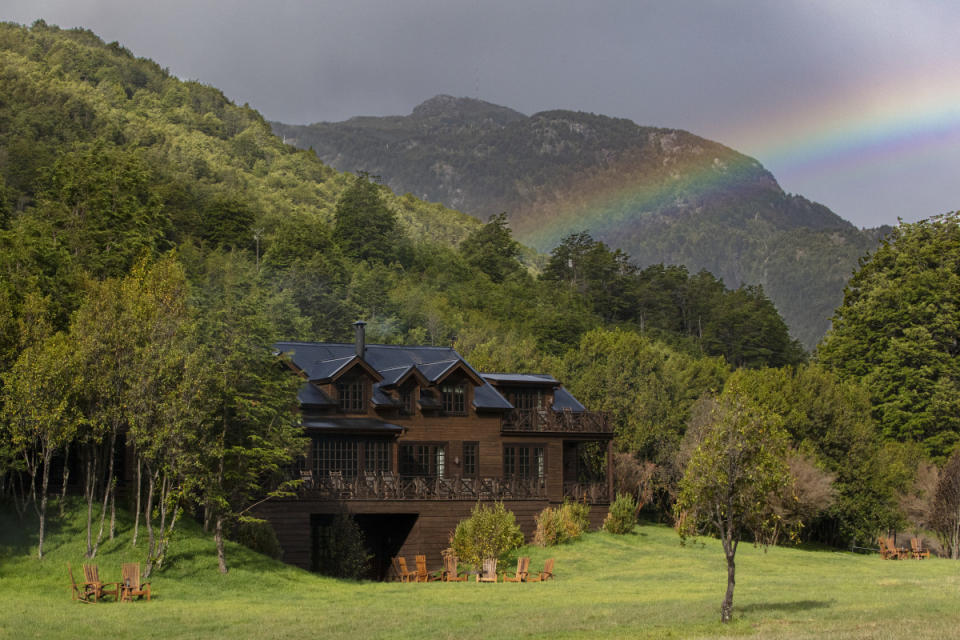
Eleven Rio Palena Lodge
I had the pleasure of speaking with Michael Barney, a longtime heli skiing guide based in Crested Butte, Colorado.
Barney was part of the crew that laid the groundwork for a viable heli operation during the 2019 season at Rio Palena. It's safe to say there was a lot of work to be done.
He recalls this period of time with a sense of nostalgia:
"We flew down in the spring of 2019 and our season was around 60 days long. We flew with a lot of Eleven employees, managing directors, and owners, but we didn't actually operate with guests.
We were there to set up the heli ski operation. We set up a radio repeater, dug a lot of pits, followed the snowpack, and mapped a lot of new runs. It was awesome.
But yeah, there was an element of "Here's a helicopter, go figure it out."
Essentially, Barney lived every heli ski operators dream.
He skied infinite first descents, was involved in naming the runs, and literally charted a course for the operation's future. It doesn't get much better than that.
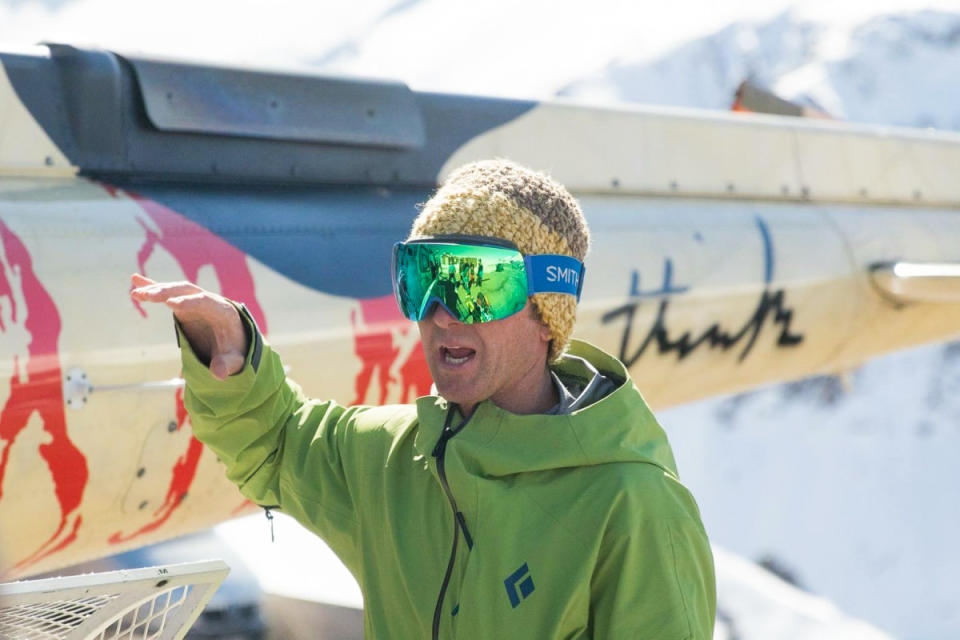
Photo: Courtesy of Mike Barney
Barney went on to explain that while stacking first descents is incredible no matter the location, the towering peaks of Chilean Patagonia make for a particularly satisfying backdrop.
When a skier arrives at Eleven Rio Palena Lodge they might be somewhat confused.
While snow isn't uncommon at the lodge during the winter, the thick jungle and flowing rivers of Patagonia's lower elevations are counter-intuitive to sliding on snow.
No matter. A quick glance upwards to the striking peaks of the Andes will reveal endless powder fields, striking couloirs, and mouth-watering descents.
Barney says that most of the skiable terrain near the The Lodge is practically inaccessible without the use of a helicopter due to the thick jungle and brush that rises from the base of the mountains.
"It's hard to even tour up there. There's no ski area, there's no culture of skiing. It's essentially a thousand feet or more of jungle below what we ski. Because of this, I've never once seen anybody else in the mountains when we've been skiing.
So, a lot of this terrain we're mapping and skiing is completely untouched."
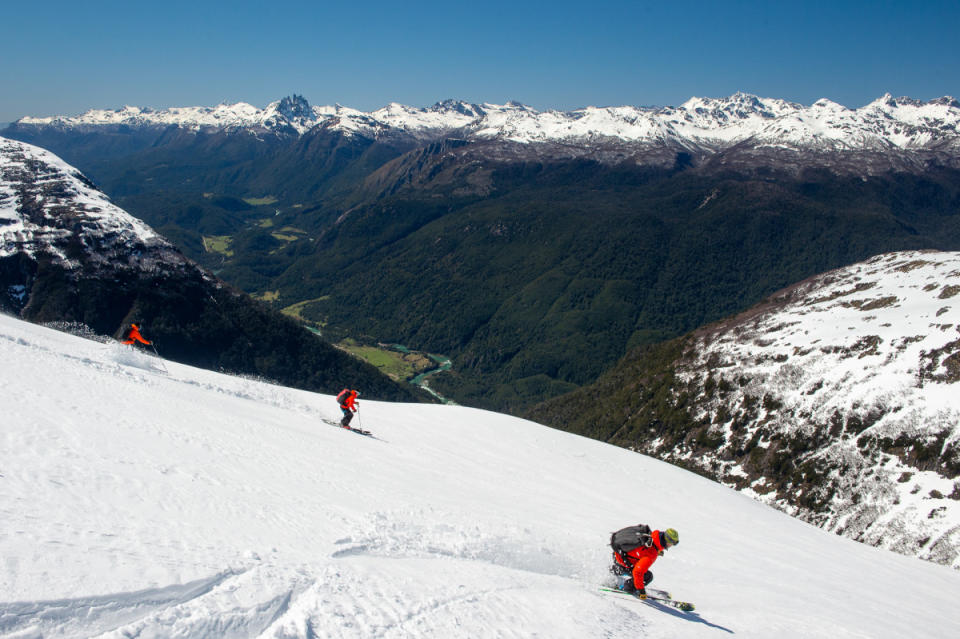
Photo: Courtesy of Eleven
My ears perked when Barney mentioned that this terrain is essentially protected from anybody who doesn't have a helicopter. Did it mean that guests were regularly getting first descents on new runs?
In short, the answer is a resounding -- YES. Guests at Eleven Rio Palena Lodge are regularly given the opportunity to ski new terrain and claim first descents.
The operation has between 100-120 named runs that they frequent, but as Barney explained, the heli isn't afraid to explore new terrain if the weather is favorable.
In fact, Barney claims that guests could expect one or two of their six to ten runs in a given day to be on entirely new terrain. How many heli operations across the world can claim that...?!
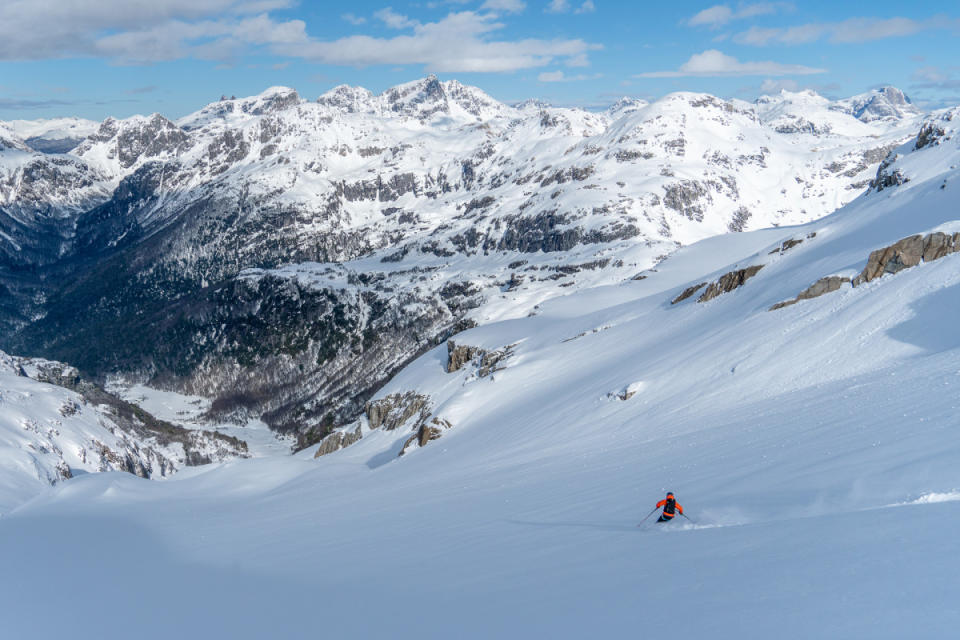
Photo: Courtesy of Eleven
Barney continued on about what it's like to start a heli skiing operation from the ground up, in a remote corner of Chile, of all places.
This wasn't Barney's first rodeo, he was part of the initial team that set up an operation in Iceland, but Patagonia's notoriously unpredictable weather was a concern.
Barney and the crew were pleasantly surprised with the stability of this sliver of the Andes' maritime snowpack.
"It's a very resilient snowpack. There's always a risk for avalanche, but really, it's a most-often stable snowpack."
The relative confidence in the region's snowpack gives the operation the flexibility to explore different zones, depending on weather conditions.
Barney says that they've operated in the mountains to the West, East, and North of the lodge. They can essentially fly to wherever the snow, visibility, and wind is the best- a luxury not shared by many heli operations in the Northern Hemisphere.
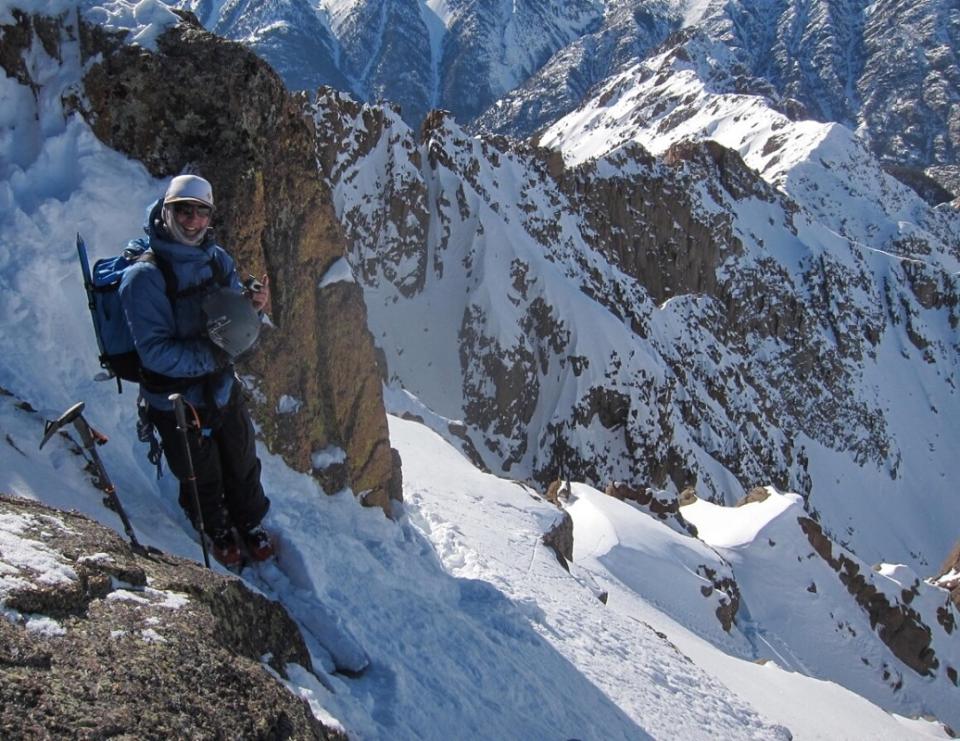
Photo: Courtesy of Mike Barney
Operating in such a large area poses a particularly fun 'problem', if you can call it that.
How/what do you name the runs?
"To help ourselves we knew we needed to name everything. Some of the valleys had their own names which we adopted, but many did not. So, we picked local animal names and other names that applied to the region."
This part of the process is fascinating, in my opinion. To name the terrain that will be skied by hundreds, if not thousands of people, for years to come is exciting.
I simply can't avoid comparing these valley-naming heli guides to that of a western explorer naming a newfound waterfall or a river.
I mentioned this 'Wild West' comparison to Barney and he agreed:
"That's the beauty for guests coming to Rio Palena. It really is this like, wild, place. We've done a lot to make it a safe and comfortable experience, but there still is an intense element of adventure in every run. Skiing a run with guests that you've never been down before always adds an extra sense of adventure."
In total, Barney and Eleven have mapped out eight different zones. Their season typically runs from September-November with spots still available this year.
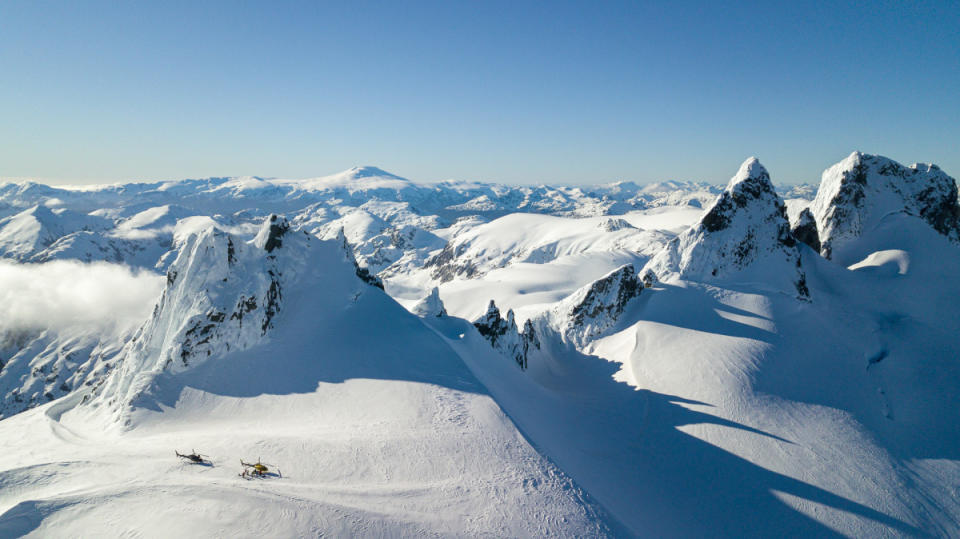
Photo: Courtesy of Eleven
You can go heli skiing all over the globe, but how many people in your inner circle can claim a first descent in Chilean Patagonia...?
It might be time to look South for your next heli skiing adventure. The Wild, Wild South of Chilean Patagonia, that is.
Don't miss another headline from POWDER! Subscribe to our newsletter and stay connected with the latest happenings in the world of skiing.
We're always on the lookout for amusing, interesting and engaging ski-related videos to feature on our channels. Whether you're a professional or just an amateur, we want to see your best footage and help you share it with the world. Submit your video for a chance to be featured on POWDER and our social channels. Be sure to subscribe to our YouTube channel to watch high-quality ski videos.

